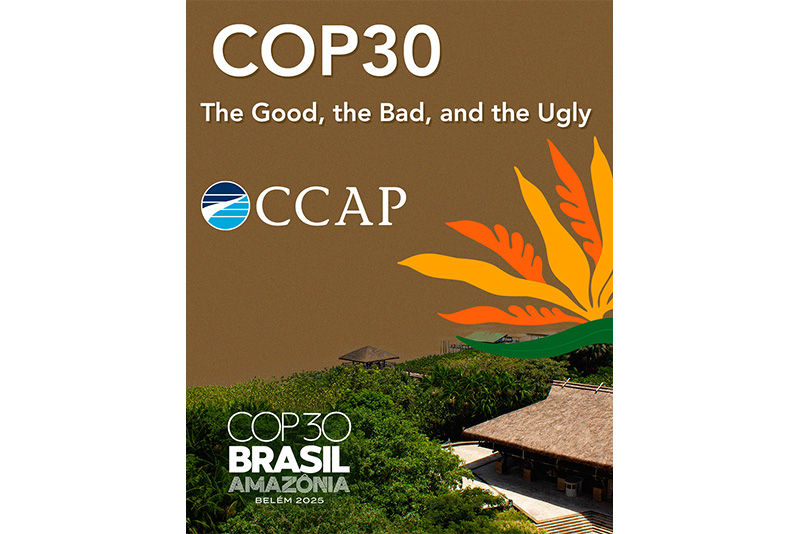A New Model of Equitable and Sustainable TOD Around Future Bogota Metro Stations
- Chuck Kooshian
- Aug 26, 2020
- 4 min read
Updated: Jan 28, 2021
The Colombia TOD NAMA is launching an exciting new project. CCAP and our partner CIUDAT (hosted by Findeter) have joined forces with the Metro de Bogotá Company to demonstrate a new model of transit oriented development around BRT and rail transit stations. Bogota, Colombia has been a leader in innovative mass transit, ever since the first Transmilenio Bus Rapid Transit (BRT) line opened in 2000. The success of BRT led Bogota to first expand the routes, but then start to reconsider higher-capacity rail-based mass transit. In 2016, after decades of studies and discussions, the national and city governments signed an agreement creating the Metro de Bogotá Company to manage the construction and operation of the first 25 kilometer line of a new Bogota Metro.
Over the last few years CCAP and CIUDAT have been promoting the Colombia Transit Oriented Development (TOD) NAMA in several medium and large Colombian cities that have a variety of public transit systems. Offering a combination of policy innovation, world-class planning and design, and project financing, all supported by a grant from the NAMA Facility, the TOD NAMA helps cities focus on place-making improvements that demonstrate better linkage with transit and create more spaces for walking, working, living and playing without the need for more driving of private cars and motos – thereby reducing greenhouse gas (GHG) emissions.
TOD neighborhoods can improve jobs/housing balance, creating more equitable communities while giving more people access to well-paying jobs. Exercise gets built into daily activities when it’s safe and convenient to walk and bicycle. People walk more in compact, mixed use communities, resulting in greater overall health, longer life expectancy and improved mental health. These very real benefits mean real estate values are higher per acre, leading to increased value that can be “captured” by the city and returned to the people in the form of better infrastructure, maintenance and services.
With this in mind, Bogota and the Metro Company have requested CIUDAT’s expertise to study a critical new multi-modal station area along the new Metro line project in the southwest of Bogota. The Portal de las Americas is a major transfer station between TransMilenio and local feeder bus lines. Each morning thousands of commuters pass through the station to go to work in central Bogota and return in the evening. When the Metro is built, even more daily riders are expected – more than 100,000 by 2030. In response to the Coronavirus pandemic, the Bogota urban planning department is interested in minimizing the need for travel to and from work and is exploring revolutionary new ideas. In order to decentralize work poles of the east areas of the city, new work centers could be created and promoted in the southwest, so employees of downtown Bogota firms can forego daily commuting. Coupled with this is the concept of the 24-hour city; staggered work shifts throughout the day would reduce crowding (people per square metre) in buildings, streets and public transport – preserving the benefits of TOD and compact development while supporting healthy physical distancing.

Passengers will be able to transfer between TransMilenio and Metro at the Portal de las Americas Station
The Metro Company operates under a set of new laws that allows them to acquire land and develop real estate projects in areas around the new stations. They are then permitted to collect and use real estate profits and rents to supplement fare box and other revenues for Metro maintenance and operating expenses. This presents a very exciting opportunity for TOD that will leverage the 2.3 billion USD of existing public investment in TransMilenio and nearly 5 billion USD for the future Metro to improve quality of life and reduce GHGs. Achieving the potential TOD benefits of station-area developments will require careful planning and design.
The project at Portal de las Americas includes all of the elements that comprise high- quality TOD and fulfil the vision of the NAMA, including: high-quality, high-frequency public transit (Metro and BRT); affordable housing; cycling infrastructure; a framework for attracting private investment; and potential for land value capture instruments.
TOD Qualities of the Portal de las Americas location
Multi-modal, high-capacity transit access
Bicycle infrastructure
Opportunities for mixed-use: jobs, shopping, services, recreation
Affordable social housing potential
Predictable scale-up planning (e.g., through a plan parcial)
Public-private partnership potential
Value capture framework
Vacant or underutilized parcels
CIUDAT and CCAP are conducting a TOD pre-feasibility study for the new Portal de las Americas Metro station in close collaboration with the Bogotá Metro Company. The study will assess design alternatives for successful mixed-use developments around the station and recommend fiscal mechanisms to implement land value capture to support the transit system and equitable and sustainable TOD in the future.

There are multiple levels of real estate value capture potential permitted under the new laws.
This pilot project is a final key milestone for the technical cooperation portion of the TOD NAMA that CCAP directs. As one of the first urban planning studies done after the global pandemic was recognized, it will raise the profile of the NAMA nationally and internationally, responding to the world’s new challenges with an innovative model of safe, sustainable, healthy and equitable urban development.




شيخ روحاني
رقم شيخ روحاني
الشيخ الروحاني
الشيخ الروحاني
شيخ روحاني سعودي
رقم شيخ روحاني
شيخ روحاني مضمون
Berlinintim
Berlin Intim
جلب الحبيب
https://www.eljnoub.com/
https://hurenberlin.com/